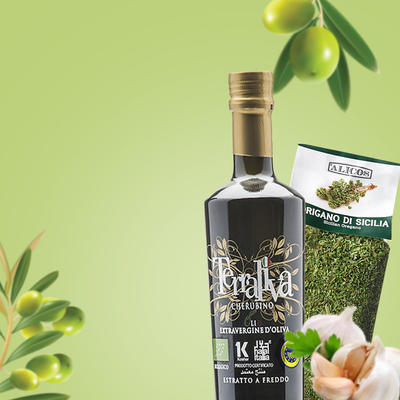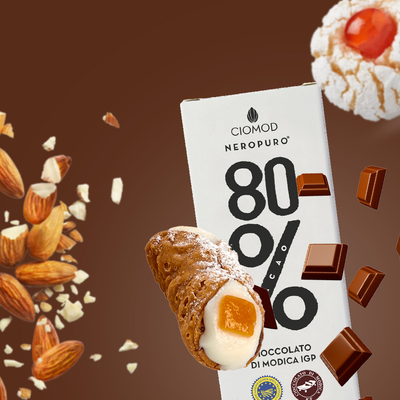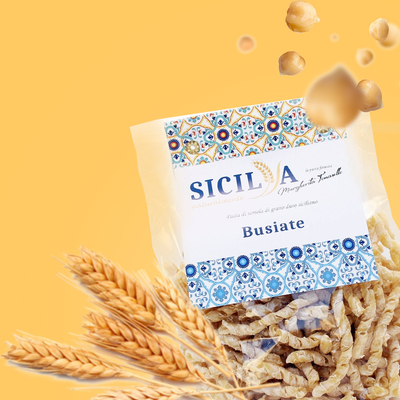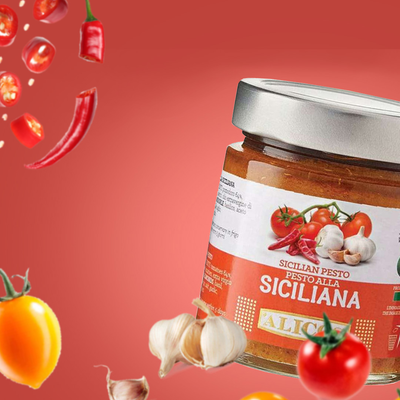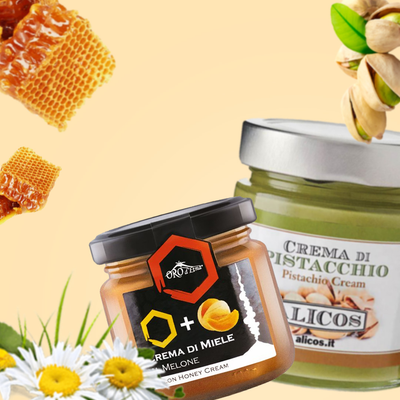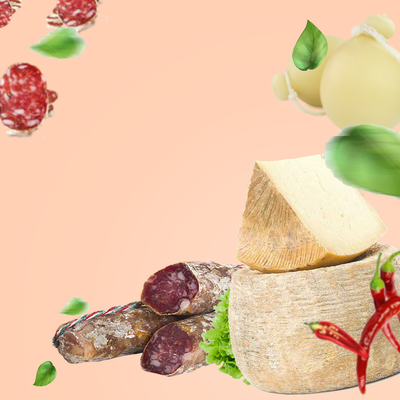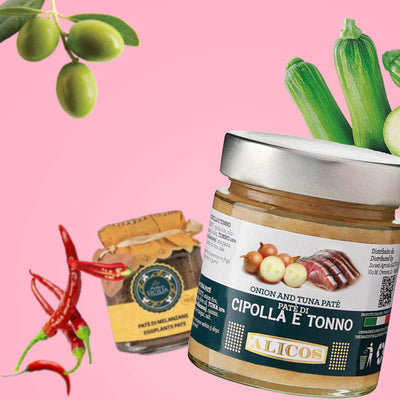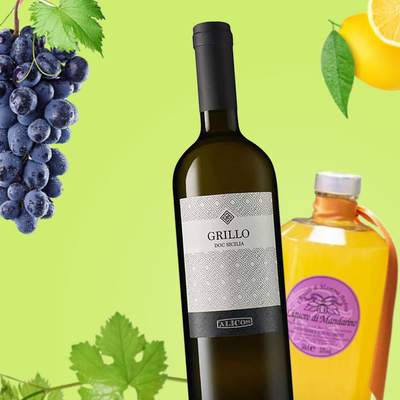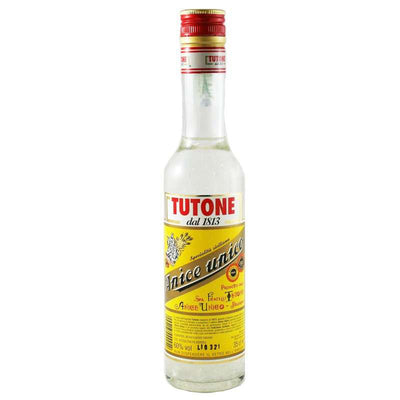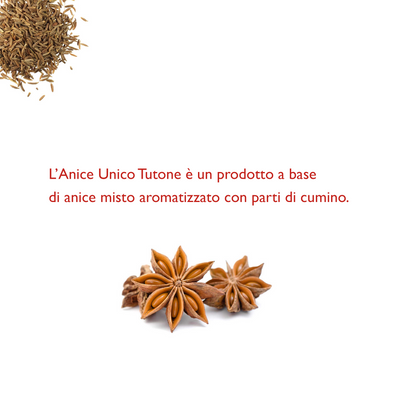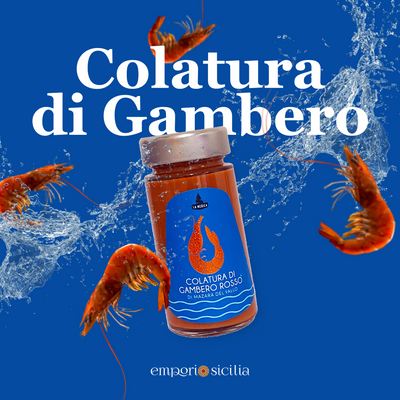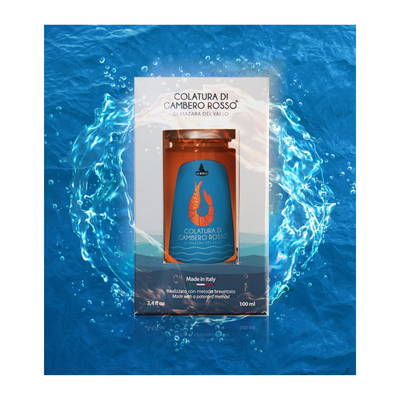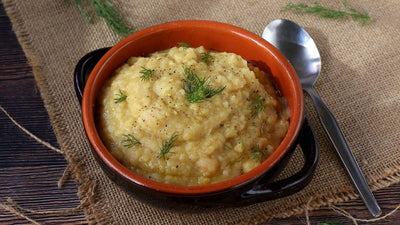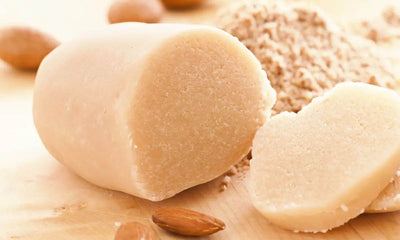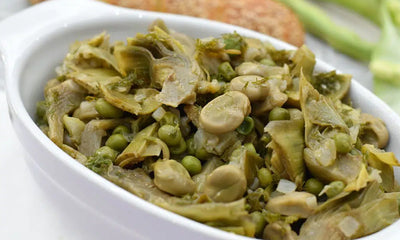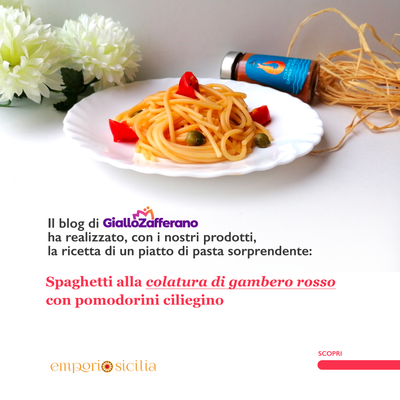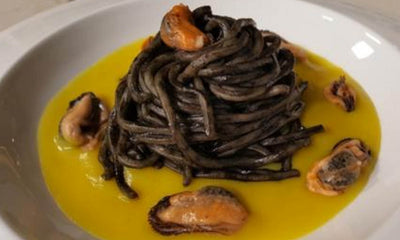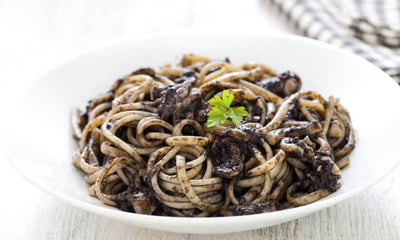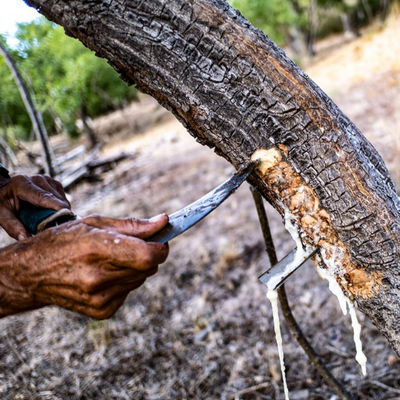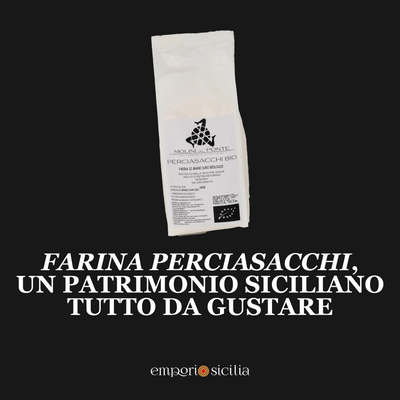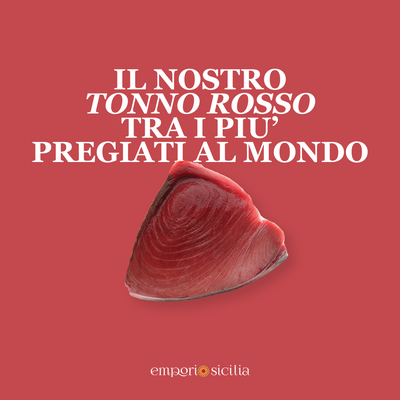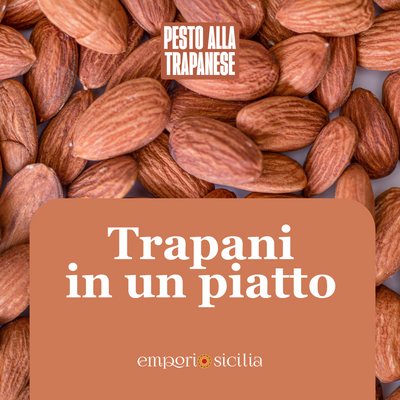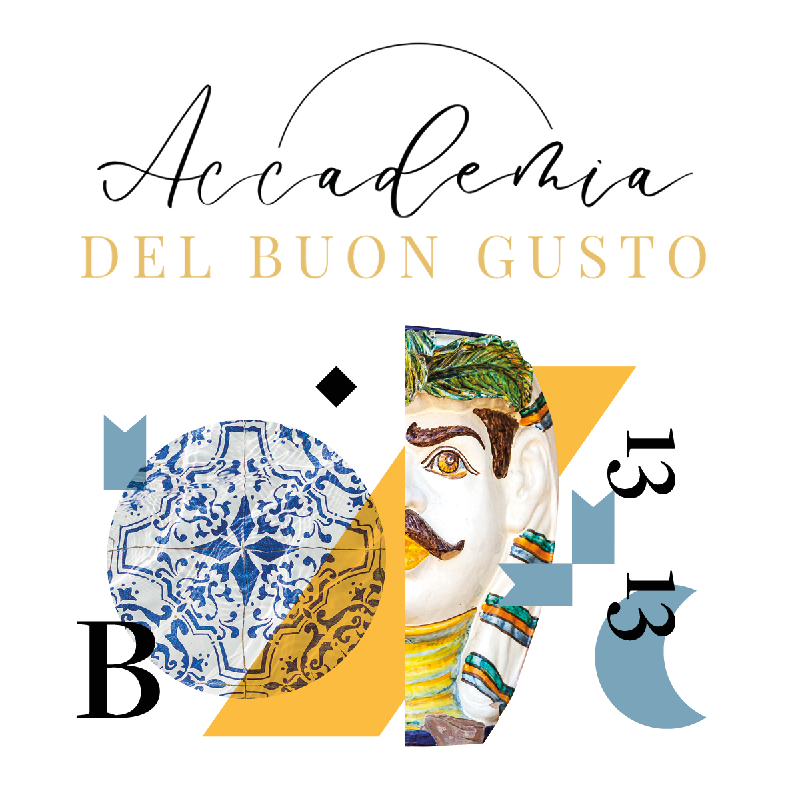It is often confused with sorbet, together with which it can be considered one of the progenitors of ice cream and from which it differs due to its grainier consistency (hence the name) and creamier at the same time. Unlike ice cream and sorbet, the air in the final product will be almost completely absent.
The secret lies in the preparation and it is important that the freezing occurs gradually and by keeping the mixture moving, so that the water does not separate in the form of tasteless ice crystals with a sugary aroma. It is usually served in transparent glass glasses.
Traditionally it was accompanied by fresh and crunchy bread, which has been replaced over time by the typical Sicilian brioscia prepared with leavened egg dough and with a hemispherical base topped by a ball (called tuppu or coppola or also naso). A granita câ brioscia was and is the typical Sicilian breakfast, especially in summer and in the coastal areas.
The origins of the granita are Arab. The Arabs brought with them to Sicily the recipe for sherbet, an iced drink flavored with fruit juice or rose water. In the 11th century, King Roger, after the conquest by the Normans, granted the side of Etna facing Catania to the bishopric of Catania, with the obligation to provide the city with snow. From that moment on, we began to use the snow which in winter was collected on the Peloritani, Nebrodi, Madonie or Iblei mountains and above all on Etna, stored during the year in the nivieri, special stone buildings erected above natural or artificial caves. In summer, the ice that formed was taken and then scraped and covered with fruit or flower syrups.
In eastern Sicily, it is called "minnulata" in dialect of Etna origin. It is handed down that the ancient Sican inhabitants took ice from Etna and added blended almonds, mixing them, a mandorlata was made, this is the name of Minnulata in the Catanese dialect, which they call almonds mennule. During the 16th century, a notable improvement was made to the sherbet recipe, discovering that it was possible to use snow, mixed with sea salt, as a eutectic to freeze the preparations - the collected snow thus changed from an ingredient to a refrigerant. The pozzetto was born, a wooden vat with
inside was a zinc bucket, which could be turned with a crank. The cavity was filled with the eutectic mixture and everything was then placed in an insulating bed of straw. The mixture froze the contents of the well by removing heat, while the rotary movement prevented the formation of too large ice crystals. The granita prepared in this way has replaced the rattata over the centuries. Over the course of the last century, the manual well cooled by ice (or snow) and salt has been everywhere replaced by the ice cream maker.
An “original formulation” of the granita cannot easily be determined. According to authoritative sources, the most traditional Sicilian granitas were those with lemon, jasmine (scursunera) and black mulberry flavours.



